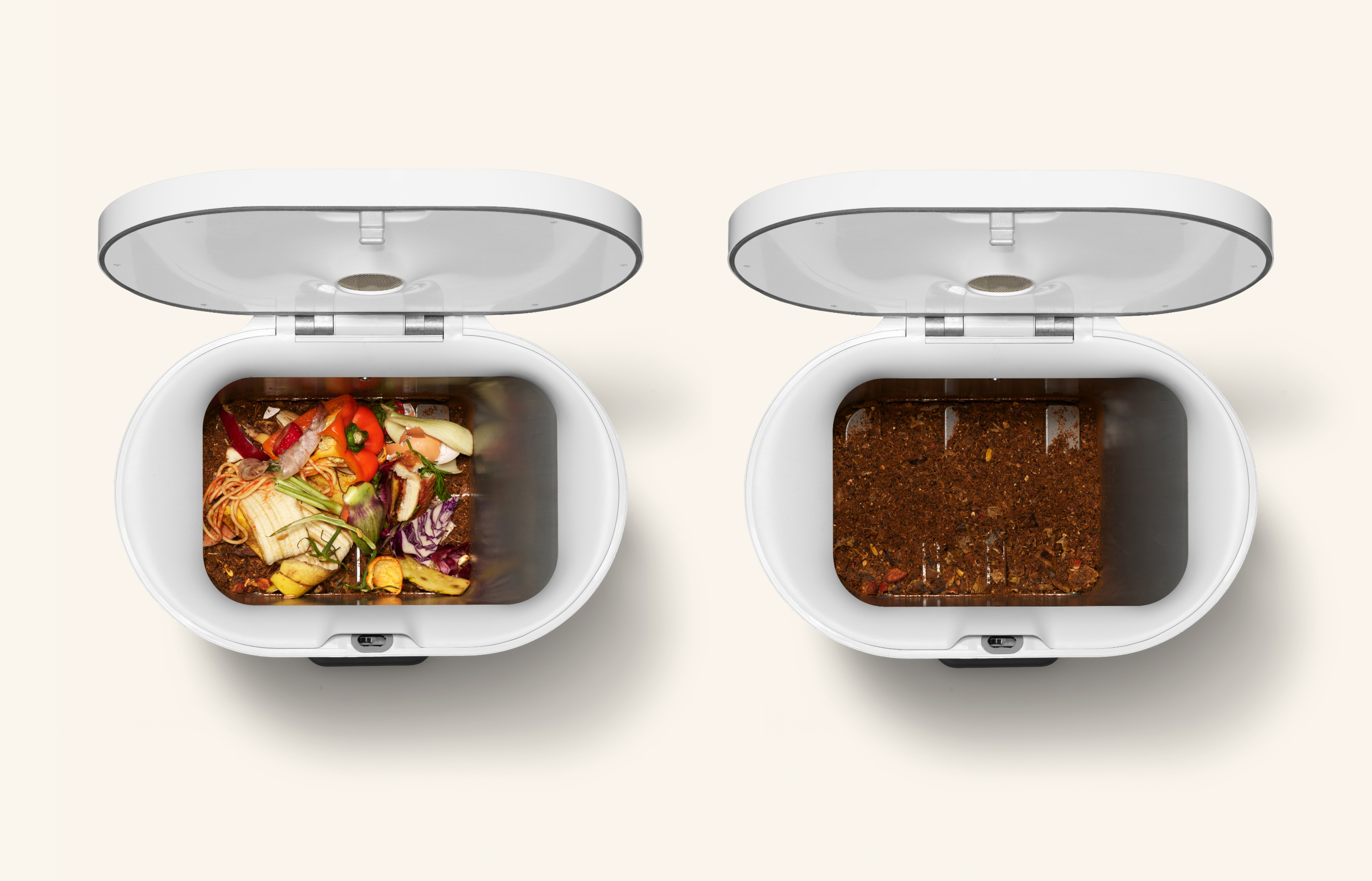Regular readers of ReFED’s blog might have this stat memorized: Every year, the U.S. wastes 54 million tons of food.
Having trouble picturing it? We asked the closest AI for some numbers to help: It’s about enough to cover the island of Manhattan twice. Or, if you like measuring everything in American football stadiums, it’s enough to fill all 30 of them about a hundred times over.
That’s an awe-inspiring amount of food. We dump most of it in landfills, where it takes up more space than any other kind of waste — and pumps out the equivalent greenhouse-gas emissions of 42 coal-fueled power plants.
At first sniff, these stats might give us climate-action paralysis. After all, what can we ordinary folk do when staring down a Mount Everest of uneaten food? A whole lot, it turns out.
It’s true that big players like restaurants and grocery stores have important roles to play in helping us reduce waste — by decreasing portion sizes, improving packaging, standardizing date labels, etc.
But collectively, our home kitchens are the largest source of the food in our landfills. Each one of us tosses about 220 pounds a year. So there’s a good chance we waste our own weight in food.
Don’t feel ashamed. Feel empowered.
It means that each one of us has the agency to keep uneaten food out of landfills by diverting it directly from our homes. Notice we didn’t say “waste.” What we’ve all been calling “food waste” is, fundamentally, still food — right up until the moment we toss it in a bucket with diapers, batteries, junk mail, and yards of plastic film. (There’s no coming back from that.)
So, now we get to reframe the challenge. We’ve got 54 million tons of food. Full stop. The question is, what do we do with it?
We created Mill as one answer to this question. And yes — we should probably say what Mill is.
It’s a kitchen bin — with superpowers. Or it’s a mail-back system that lets you send resources to farms. Or it’s an app that makes the whole process almost effortless. But maybe we’re trying to answer a trick question — because it’s all of these things.
It starts with a bin in your kitchen. It’s easy to use and huggable. Put all the food you can’t or don’t eat in there, and just let it do its thing overnight. A combination of heat and maceration turns your food into — well, food (minus the water).
We call the output “Food Grounds.” In your hand, it feels like dry coffee grounds. If you put it right up to your nose, it usually smells like carrot cake, fresh-baked bread, dried herbs and spices, or just dinner-in-the-oven, depending on who you ask — and what you add. It takes up about 20% of the space of the uneaten food you feed it — so you’ll no longer feel as though you’re living with your garbage as a roommate.
Before we go any further…compost is awesome. Compost can be great for your garden, if you have the space and patience to do it right. But Food Grounds are not compost.
We’ve devoured — pun intended — all the available hierarchies of food diversion. And we believe the most efficient and impactful way to use our food surplus is to make sure that it stays food. And if it can’t be eaten by a human, it should be eaten by an animal.
So, our process keeps nutrients intact. We lean on existing shipping infrastructure to pick up your Food Grounds and get them back to the lab. Then we work to turn them into part of a balanced breakfast…for chickens.
Of course, there’s an easy mobile app that helps you keep the whole circle of life turning. But more importantly, there’s first-of-its-kind impact tracking: We’ll tell you how much food you’ve kept out of the landfill, how much methane you’ve kept out of the air, and of course how much food you’ve left uneaten — so you can adjust your next shopping trip accordingly.
Mill will be the first system of its kind in the United States. As such, it will ask all of us to rethink our old concepts of food and food waste. From the beginning, our founding team has been working with state and local governments, regulators, industry leaders, NGOs, and of course farmers to get everyone on board. We’re all dedicated to eliminating food waste — and we’re all in this together.
I’m especially grateful to ReFED, which provided inspiration and validation for our focus on food waste — and plenty of gut checks on our impact projections once we started building bins and crunching numbers.
But we don’t expect environmental arguments alone to put a Mill kitchen bin in every home. Electric cars were a punchline until they started to go fast and look cool. Phones were just phones until they sprouted screens and made themselves indispensable.
Likewise, we’ve tried to make a product — or a service, or a system — that will win converts because it improves our lives.
Your Mill kitchen bin is incredibly easy to use. It’s gorgeous to look at. It does away with bad smells, strange leaks, and daily schlepping of gross garbage to the curb. It helps us in our daily lives — and it’s because of this that Mill can do its own small part to help our planet.
Thanks for listening, and for doing your part, too.
*Mill, Mill Membership, and Food Grounds are trademarks of Mill Industries Inc.
The views and opinions expressed in this guest blog post are those of the author and do not necessarily reflect ReFED's views and opinions.

